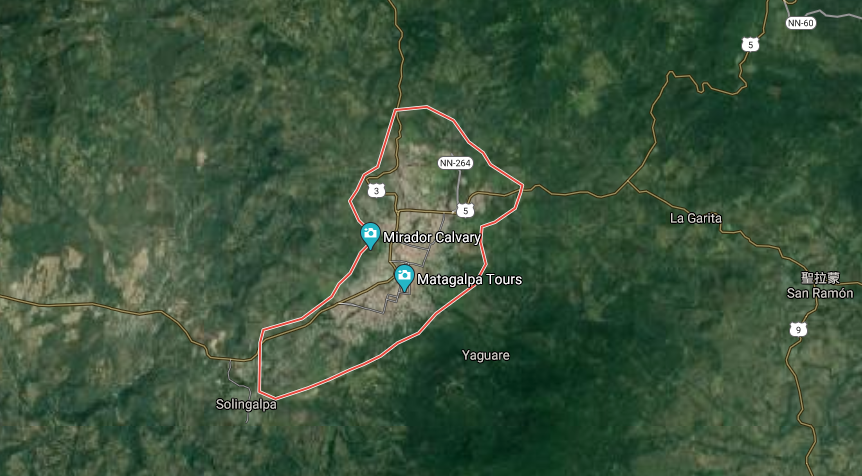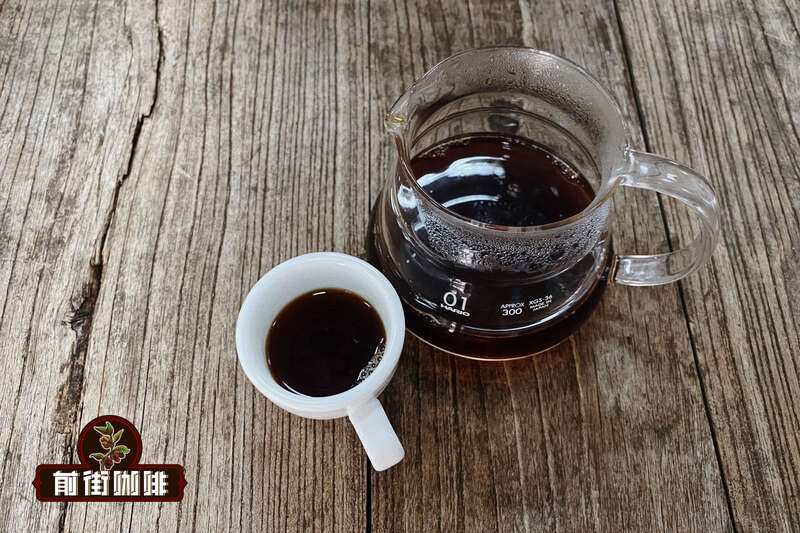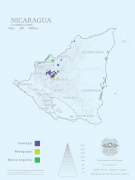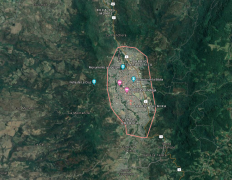Matagalpa Coffee producing area in Nicaragua introduces the flavor characteristics of Matagalpa coffee

Matagalpa producing area
Matagalpa (Matagalpa) is the second largest province in northern Nepal, with a cool climate and diverse ecology, which creates natural conditions suitable for growing coffee. Because it is less influenced by Spanish colonization, it still preserves the indigenous way of life and many archaeological relics and rock paintings in Nepal. This area is a boutique coffee bean producing area in Nepal.
Altitude: 600-1300 m
Coffee variety: Arabica
Season: November of each year to March of the following year
Annual rainfall: 1500-1700 mm
Average temperature: 20-30 ℃
Coffee characteristics
Medium to high acidity, moderate thickness, high sweetness, dry aroma with strong floral aroma, mouth or meticulous, supple with distinct chocolate, caramel, comprehensive fresh fruit, lemon and citrus flavor. Most of the coffee in this area is planted in shade and treated by the sun, and the coffee flavor is meticulous and mild.

Important Notice :
前街咖啡 FrontStreet Coffee has moved to new addredd:
FrontStreet Coffee Address: 315,Donghua East Road,GuangZhou
Tel:020 38364473
- Prev

An introduction to the History of Nicaraguan Coffee
Nicaraguan coffee history introduces that Nicaragua began to grow coffee in the late 1800s, but it was not until the mid-19th century that it became an important export product. The increase in global demand for coffee (especially from North America) and the decline in supply in the Pacific islands have led to the steady development of the coffee market here. Around this time, the first batch appeared in the Managua region.
- Next

Characteristics of Sinotega coffee producing area in Nicaragua
Sinotega (Jinotega) is located in the north-central part of the country. Except for the two autonomous regions in the north and south of the Atlantic Ocean, Jinotega has the largest land area in Nepal. This area is surrounded by high mountains, many rivers flow through, the volcanic soil is fertile, and perennial fog shrouds to form a cloud forest, creating a rich and diverse ecological environment. This producing area has the largest coffee production in Nepal.
Related
- Beginners will see the "Coffee pull flower" guide!
- What is the difference between ice blog purified milk and ordinary milk coffee?
- Why is the Philippines the largest producer of crops in Liberia?
- For coffee extraction, should the fine powder be retained?
- How does extracted espresso fill pressed powder? How much strength does it take to press the powder?
- How to make jasmine cold extract coffee? Is the jasmine + latte good?
- Will this little toy really make the coffee taste better? How does Lily Drip affect coffee extraction?
- Will the action of slapping the filter cup also affect coffee extraction?
- What's the difference between powder-to-water ratio and powder-to-liquid ratio?
- What is the Ethiopian local species? What does it have to do with Heirloom native species?

